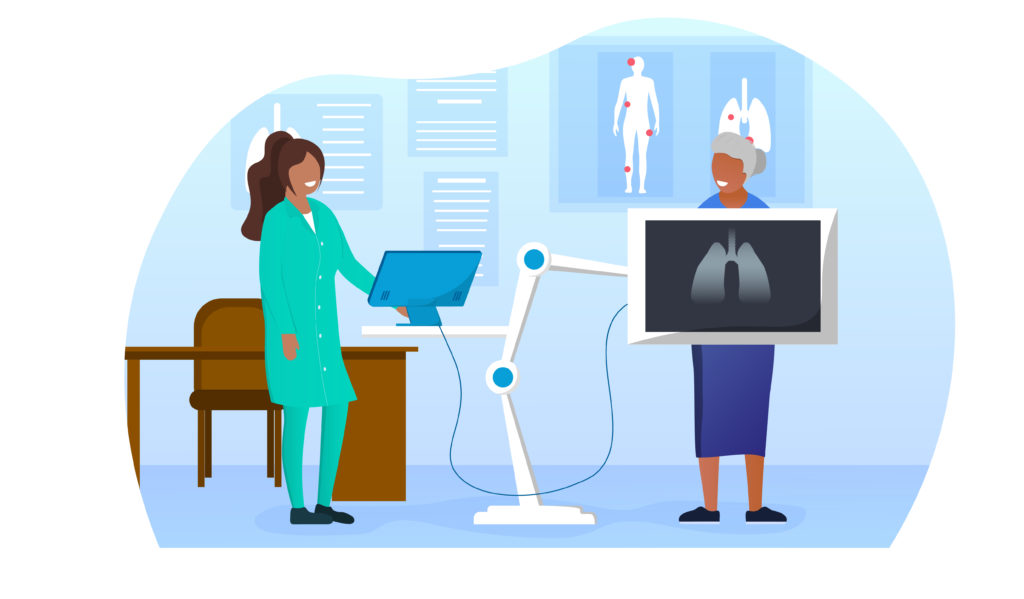Case Study January 4, 2022
Pushing RPA Further Into Business Functions
Trexin helped a healthcare provider optimize its PACS and EMR systems through robotic process automation.
Business Driver
Medical imaging technology such as picture archiving and communication systems (PACS) are now widely used by healthcare organizations to securely store and digitally transmit electronic images and clinical reports, such as x-ray images and related content. But to fully reap the benefits of digital transformation in healthcare, individual systems such as PACS need to be fully integrated with other systems. And in a clinical setting, the most important integration points are with electronic medical records (EMR) and electronic health record (EHR) systems.
Our Client, an extremely fast-growing full-risk value based care provider for seniors, had already successfully deployed PACS, but their implementation was not yet integrated with their bespoke EMR. This digital gap severely impacted the workflow of radiologists, so much so that it was believed to be impacting the company’s ability to attract and retain these highly skilled physicians. To address this issue, the company’s CTO asked Trexin to help formulate and implement a solution.
Approach
As a longstanding management and technology consulting partner of theirs, Trexin had recently piloted the use of RPA that resulted in significant timesaving and a 100% reduction in errors for certain core processes related to opening new clinics with an estimated return on investment close to $500,000 over a 2-year spread. With this resounding proof of concept in reengineering processes and designing, building, and implementing an RPA-based solution, Trexin recommended the use of RPA to integrate their PACS and EMR systems, using UI Path to automate workflow updates as well as for the HL7 integration.

Results
Trexin successfully closed the digital gap between the PACS and EMR systems, reducing the number of manual steps for our Client’s radiologists and providing faster access to numerous imaging modalities, including x-ray plain film (PF), computed tomography (CT), and magnetic resonance imaging (MRI). And with that digital transformation component in place, our Client now had a state-of-the-art medical imaging technology environment in place to better attract and retain talented radiologists, continue the company’s growth, and accommodate a 20% increase in patient imaging throughput.

